Let’s look at the numismatic history of Albania.
Surely the currency arrived with the first Greek colonies established in coastal areas. There are pieces from the s. V B.C., like the staters of the Corinthian colony of Dirrachio.
The Illyrians were a series of tribes that inhabited the area in classical antiquity, named after the Greeks and Romans. We know that at least in the 4th century B.C. a kingdom was formed bringing together several tribes, which came into conflict with Macedonia. With the Vardaei dynasty, victories are achieved against the neighbors, defeating Achaeans and Aetolians. In 229 B.C. hostilities with the Roman Republic will begin, ending in 168 BC. with the defeat of the last Illyrian king.
In the first conflict with the Roman Republic, the Illyrians were to be defeated, losing the cities of Apollonia and Dyrrhachium, which from then on remained under a Roman protectorate.
Many of the most common coins are issued at this time.

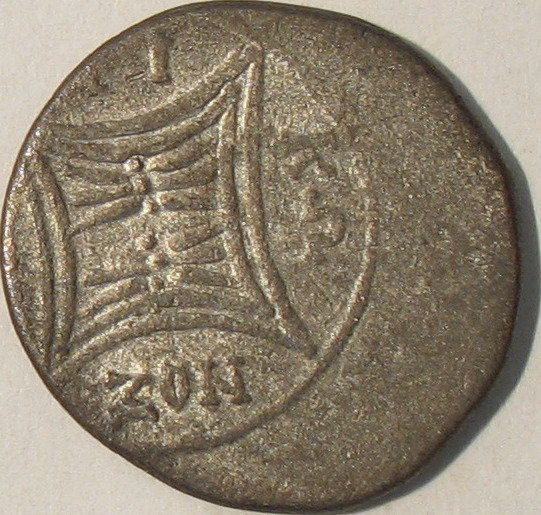
As we have said, from 168 B.C. all of present-day Albania remains under Roman control, and will naturally pass into the empire with some local mints like Phoenice.
With the division of the empire and east and west, what is today Albania, passes to Byzantine control, where there were no mints, and later it would be the peripheral scene of the crusades, after the capture of Constantinople by the fourth crusade, and the Norman actions , Angevins, Catalans and Navarrese in the area. There are hardly any emissions attributable to this troubled period, and those that do exist are on the one hand from Venice in Scutari, and from the same population under the principality of Zeta (1356-1421), an entity linked to the Kingdom of Serbia. Of the latter, there are both in the name of the lords of Zeta, and autonomous issues of the city of Scutari.
There are no recorded emissions from the Angevin Kingdom of Albania, nor from the Albanian principalities of Dukagjini or Kastrioti (original dominion of the national hero Skandenberg)
Most of the period after the s. XV, Albania will already be nominally under Ottoman control, where again there were no mints in the territory (yes there were instead in Kosovo).
And under the Ottoman Empire we are going to achieve independence during the Balkan Wars, on the eve of the First World War. After the war, thanks to American pressure, the short-lived pre-war principality of Albania is recovered, and which will again be ephemeral. The governments are unstable and Zogu will lead a coup with Yugoslav aid that will proclaim the first Republic, returning to issue coins, based on the Franga (related to the Franc, the Latin Monetary Union is still in force) equal to 100 qindar or cents and with the lek as an intermediate unit (5 lek = 1 Franga).
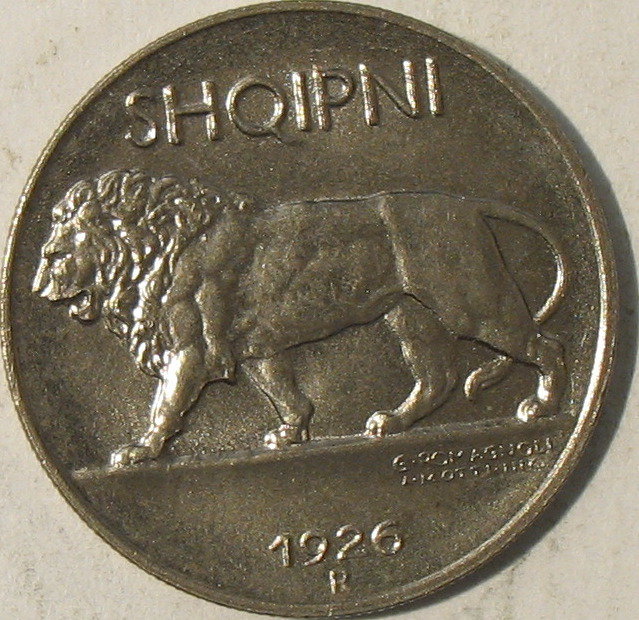
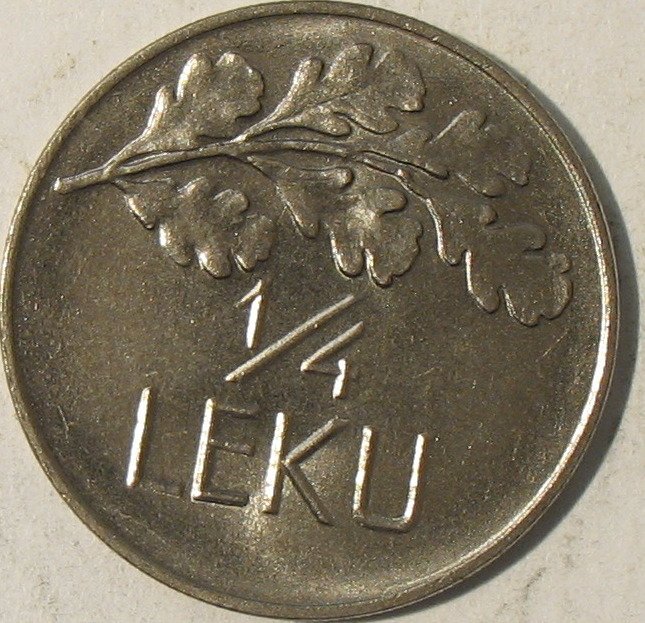
The Republic gave almost complete powers to President Zogu, but despite everything, in 1928, the parliament accepted its own dissolution and made Zogu King of Albania under the name Zog I. Minting continued under the reign, maintaining some previous types, and new ones, with the general change in the pieces with his name, from Amet Zogu to Zog I Mbreti (King)
Despite Zog I’s initial good relationship with Benito Mussolini, Italy increased the pressure on Albania, which was perceived by Mussolini as an important point in the creation of his territorial empire in symmetry with the expansion that Nazi Germany was exerting. Thus, in 1939 the invasion by Italy took place, and the proclamation of Vittorio Emmanuel III as King of Albania. The currencies will follow the Italian rates.

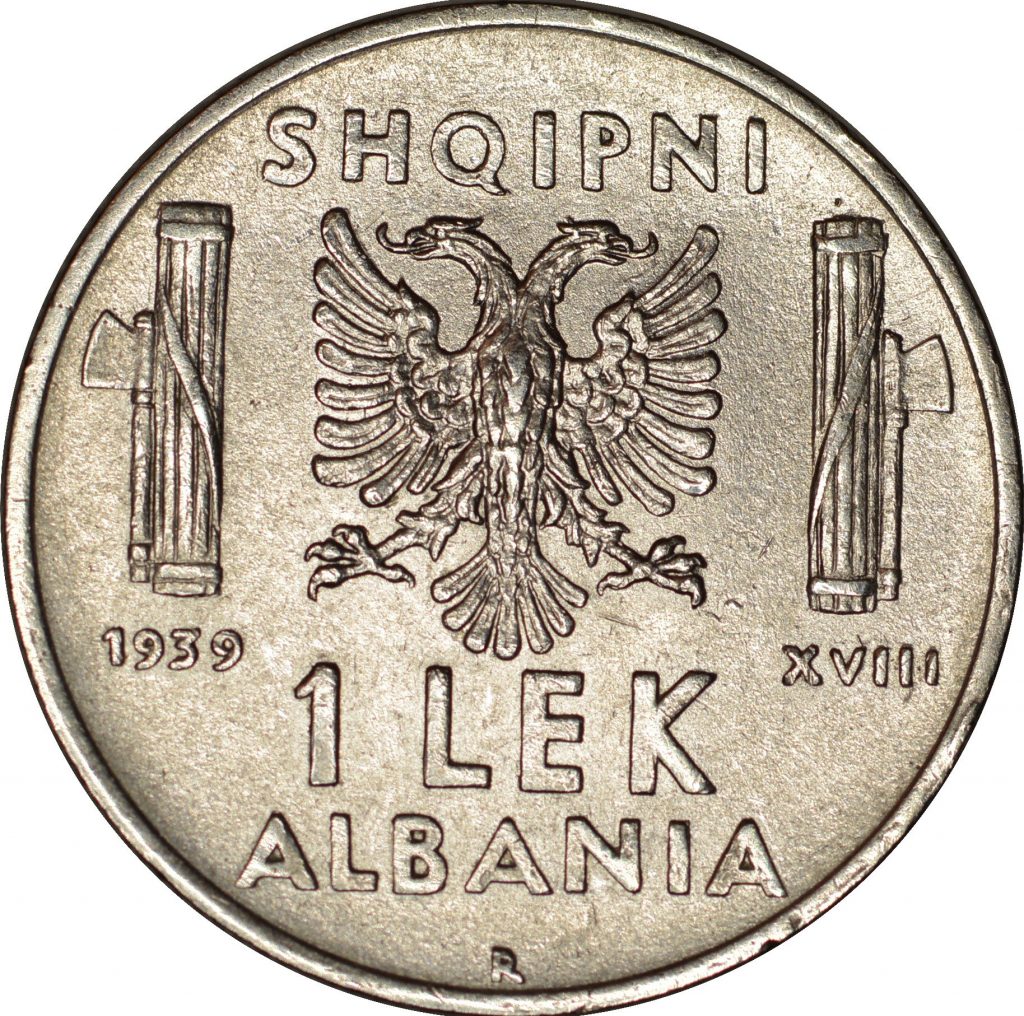
In 1943, with the fall of Mussolini’s regime, Germany invaded Albania, which would be, together with Yugoslavia, the only country to be freed without Allied intervention.
As in other eastern countries, the liberation process culminates in the establishment of a People’s Republic, the People’s Republic of Albania, officially established in 1946, and which in 1976 will change its name to the Socialist People’s Republic of Albania, like than in other eastern countries (the first era of dictatorship of the proletariat was supposed to have ended and political conditions softened).
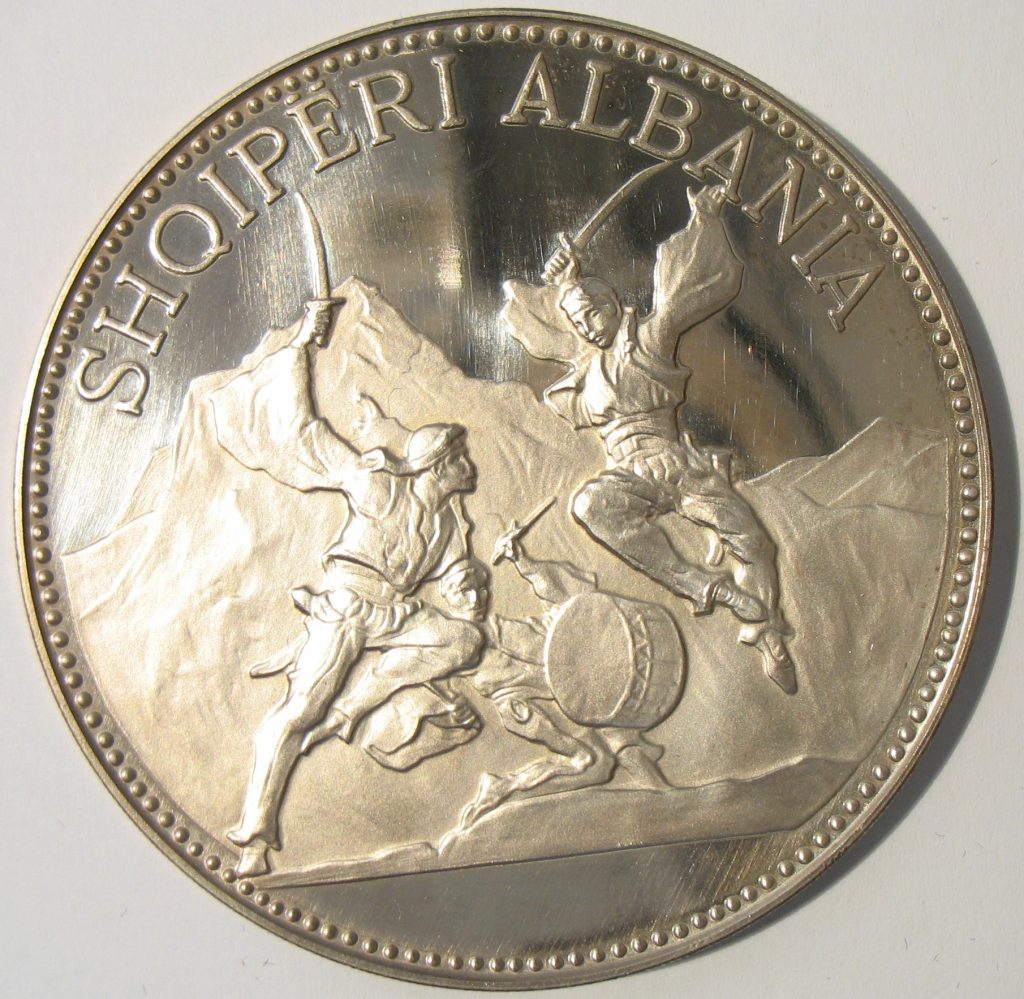
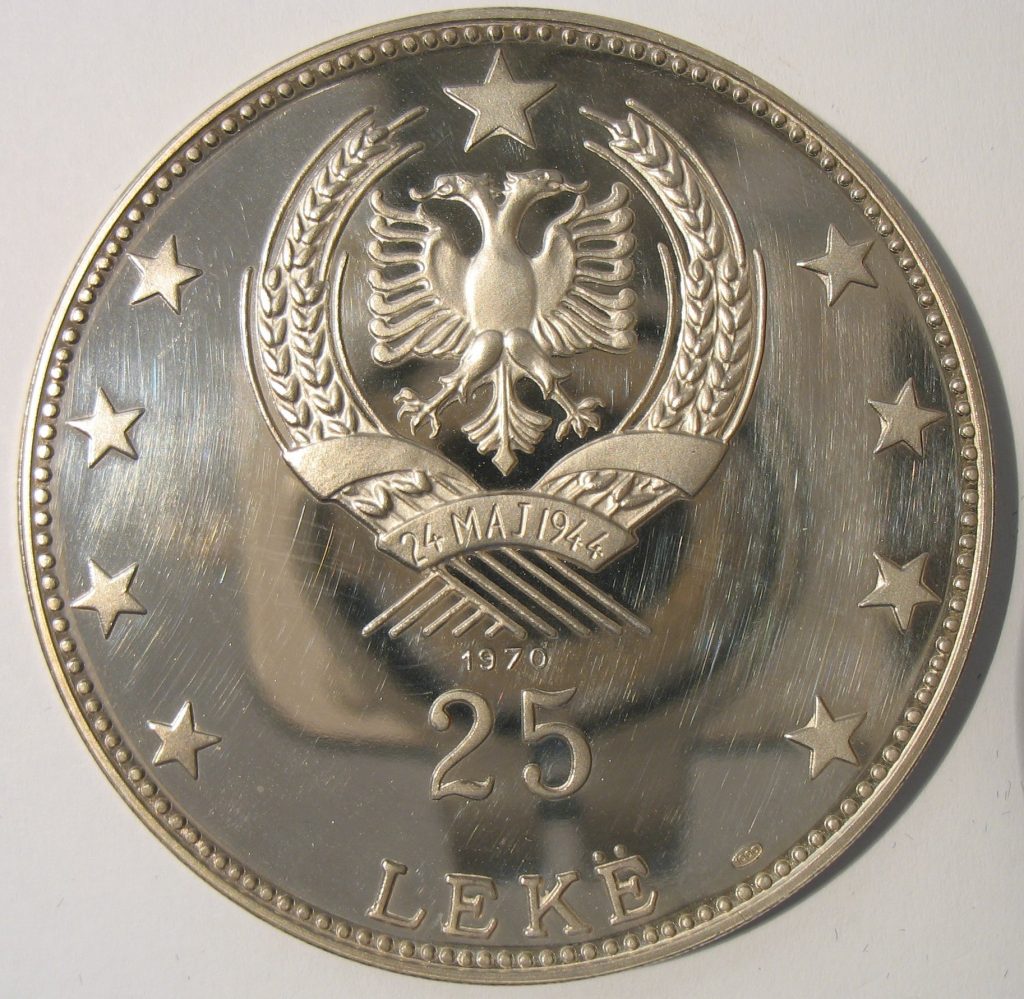
Finally, in 1991, the transition to democracy begins, which will culminate in 1998 with the proclamation of a new constitution. We could therefore distinguish the founding period (1991-1998), and the Republic itself.
As a summary, the times with coinage in or for the territory currently under Albania have been:
- Greek colonies
- Illyrian Kingdom (400-167 BC)
- Under the Roman Republic (229-27 BC)
- Provincial issues under the Roman Empire (27 BC – 395 AD)
- Scutari under Principality of Zeta (1356-1396)
- Scutari under Venice (1396-1479)
- First Republic (1925-1928)
- Kingdom of Albania (1928-1939)
- Kingdom of Albania under Italian rule (1939-1943)
- People’s Republic of Albania (1946-1976)
- People’s Socialist Republic of Albania (1976-1991)
- Democratic Republic (1991-Present)
